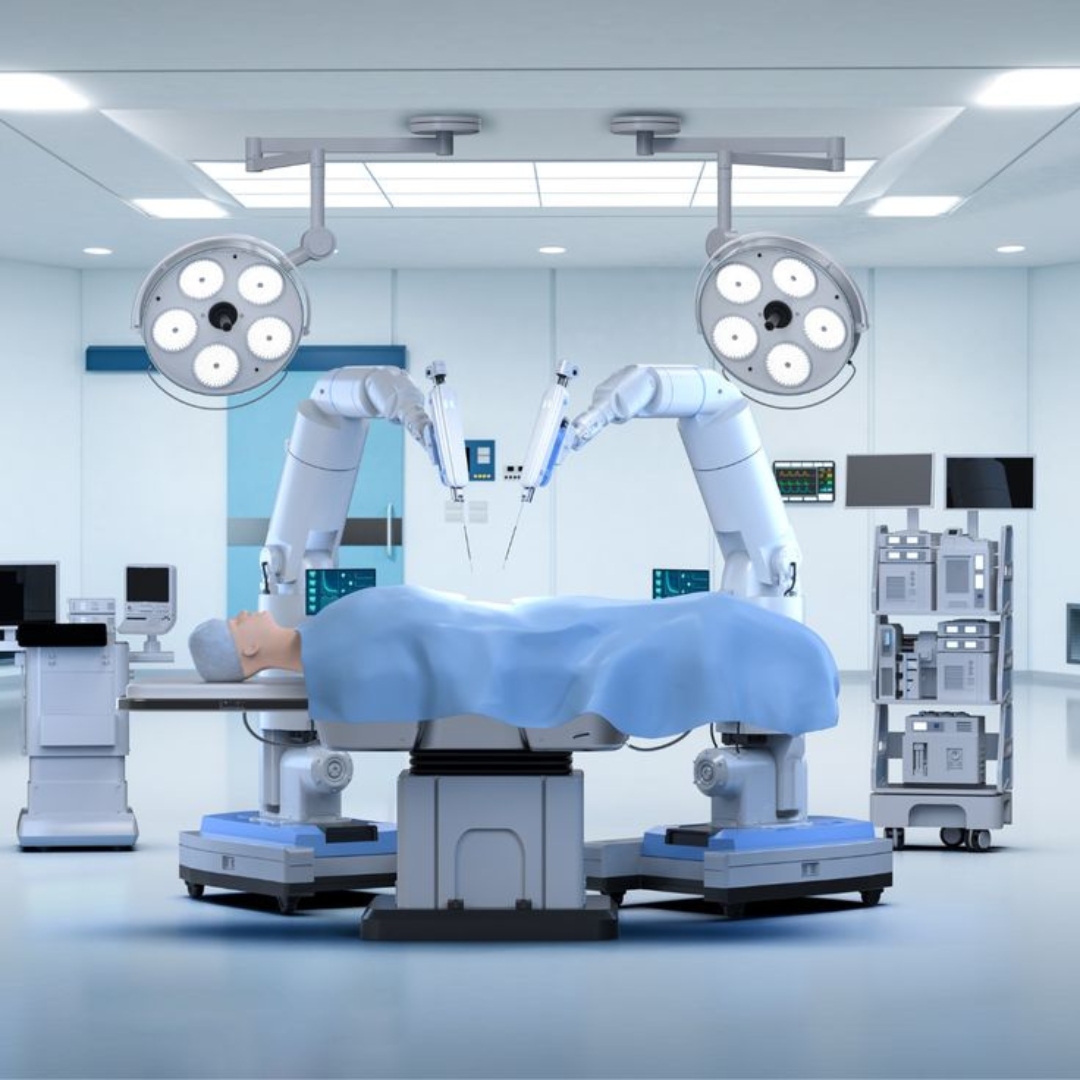
Robotic Joint Replacement Surgery is an advanced, minimally invasive technique where highly precise robotic-assisted technology is used to perform knee, hip, and other joint replacements. The system helps surgeons achieve unmatched accuracy in implant positioning, alignment, and balancing, resulting in better outcomes and faster recovery for patients seeking Robotic Joint Replacement Surgery in Gurgaon.
Unlike conventional surgery, robotic technology allows a personalized approach, tailored to each patient’s unique anatomy. This ensures superior implant longevity, natural joint movement, and reduced chances of complications.
Joint replacement is typically recommended when conservative treatments fail to relieve severe pain and disability caused by advanced joint damage.
Common causes include:
Osteoarthritis – Most common cause leading to knee and hip replacement.
Rheumatoid Arthritis – Autoimmune condition causing severe joint inflammation.
Post-Traumatic Arthritis – Arthritis following fracture, ligament, or cartilage injury.
Avascular Necrosis – Loss of blood supply to the bone, leading to collapse.
Failed Previous Surgery – Revision cases needing advanced techniques.
Risk factors like age, obesity, sports injuries, or hereditary conditions may increase the need for joint replacement.
Persistent severe joint pain affecting daily activities
Stiffness and restricted movement
Difficulty in walking, climbing stairs, or standing for long periods
Joint deformity or instability
Pain even at rest or while sleeping
If you experience these symptoms, consult an expert in Robotic Joint Replacement Surgery in Gurgaon for evaluation.


Diagnosis begins with a detailed physical examination and patient history.
Advanced imaging is used for surgical planning, including:
X-rays – To assess bone damage and joint deformity
MRI/CT scans – For precise 3D mapping of the joint structure
Digital templating & robotic software planning – To customize surgery according to your unique anatomy
Robotic Joint Replacement Surgery enhances precision by combining surgeon expertise with advanced robotic technology.
Treatment steps include:
Pre-Surgical Planning – 3D virtual modeling of the patient’s joint for accurate implant size and positioning.
Robotic Assistance – The robotic arm guides the surgeon with sub-millimeter precision during bone preparation.
Implant Placement – Customized alignment ensuring natural joint movement and maximum implant life.
Minimally Invasive Approach – Smaller incisions, less tissue damage, and faster healing.

Robotic Total Knee Replacement (TKR) – For patients with advanced knee arthritis.
Robotic Partial Knee Replacement (PKR) – For isolated compartment arthritis, preserving healthy bone and ligaments.
Robotic Hip Replacement – Ensures optimal cup positioning, leg length restoration, and natural hip function.
Recovery with robotic surgery is significantly faster compared to conventional methods.
Hospital stay is typically shorter (2–3 days).
Early mobilization starts within 24 hours post-surgery.
Physiotherapy is initiated immediately to restore motion and strength.
Most patients resume daily activities within 3–4 weeks.
Return to sports and high-impact activities is possible after 3–6 months, based on doctor’s advice.
Higher accuracy in implant positioning compared to traditional surgery
Faster recovery with less pain and blood loss
Longer implant survival due to precise alignment and balance
Natural joint function with improved mobility and stability
High patient satisfaction rates and long-term results

We strive to deliver a level of service that exceeds the expectations of our Patients. If you have any questions about our services, please do not hesitate to contact us.
Copyright © 2022 Dr. Ramkinkar Jha. All Rights Reserved. | Designed by Artistry Media